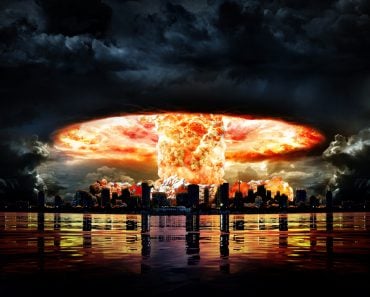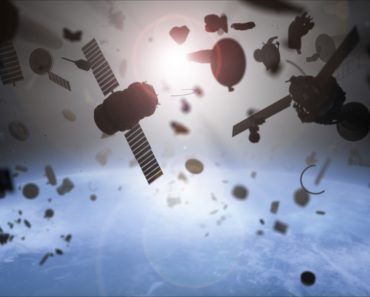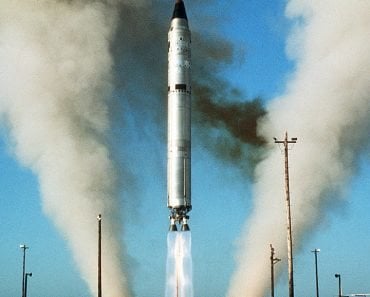Table of Contents (click to expand)
Modern ICBMs are extremely precise, and are thereby able to control collateral damage . They can be launched from vehicles and reach supersonic speeds.
Humankind’s capability to preserve and progress rarely outpaces its capacity to destroy. For perspective, we struggle to meet energy needs around the globe, yet we are well stocked with weapons that could destroy the planet several times over. As the futility of war becomes more and more apparent in every generation, weapons have become more targeted and precise.
Can this be said about weapons of mass destruction too?
For example, Intercontinental Ballistic Missiles, more commonly known as ICBMs, are deemed the most effective for launching unmanned strikes in faraway lands.
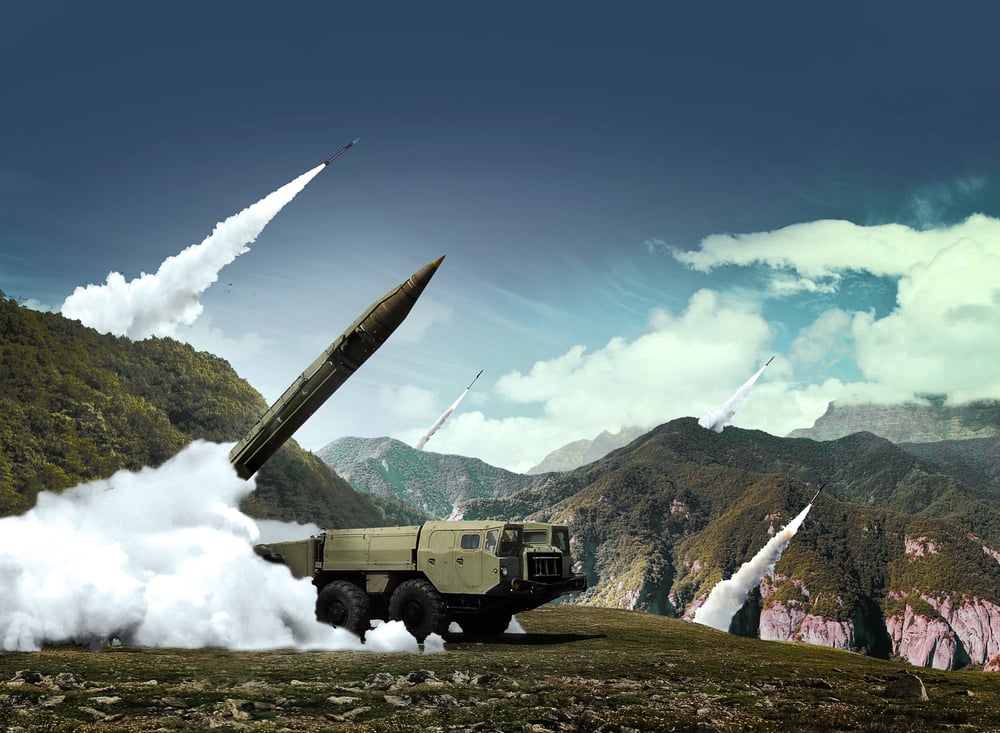
With improvements in military technology, these lethal weapons are no longer unwieldy implements causing mindless destruction. They can specifically target locations, and greatly control the damage they cause. However, before we delve into the exact extent of their accuracy, it’s important to know a little about ICBMs.
Recommended Video for you:
Intercontinental Ballistic Missiles: A Primer
Intercontinental ballistic missiles are integral members of the family of ballistic missiles. Such missiles follow a ballistic or gravity-dependent trajectory, very similar to an object that is thrown in the air at an angle. This results in a parabolic flight path.
Objects starting their ballistic trajectory at the same point and angle will land at different spots depending on their velocity, and consequently, the maximum height they attain will be different. Objects attaining a greater maximum height land farther away than others. This forms the premise of ICBMs.

ICBMs are used to deliver one or multiple warheads (the explosive part of missiles) to remote locations in times of war. To reach distant locations, ICBMs are propelled to great heights, well above the earth’s atmosphere, into its lower orbit.
Their trajectory can be divided into 3 distinct stages.
The Boost Phase
The initial launch of a ballistic missile is known as the boost phase. During this phase, the missile’s rockets are firing to provide the thrust required to propel the missile into the lower earth orbit (LEO).
ICBMs are most vulnerable during the boost phase, as they are working against gravity and air resistance. The boost phase typically lasts between one and five minutes.

The Midcourse Phase
ICBMs begin free-falling towards their target at the end of the boost phase. This phase, also known as midcourse, is the longest leg of the missile’s flight. It can last up to 20 minutes. where it cruises without any external propulsion. The missile relies on the momentum achieved during the boost phase to reach the peak of its trajectory, after which it begins its descent.
This descent is gravity-assisted, and requires little to no course correction. As the midcourse phase is the longest, it gives anti-missile systems a big window to target and neutralize ICBMs.
However, ICBMs also have countermeasures, such as flares and decoys, that can foil such attempts.
The Terminal Phase
At the end of the midcourse phase, the missile’s warhead detaches from the rocket and re-enters Earth’s atmosphere.
Typically lasting for less than a minute, the terminal phase is characterized by extremely high speeds that end in the missile detonating upon impact at the target site.
Missiles are the least vulnerable in this stage. In the terminal phase, the missile is propelled only by gravity and the momentum gained in the previous stages. It does not need any external propulsion.
Several factors, including aerodynamics, gravity and countermeasures, impact an ICBM’s trajectory. A basic understanding of ICBMs begs an even more important question—How can something as critical as a war strike be left to chance and gravity?
Accuracy Of ICBMs
An ICBM isn’t a blunt force instrument; it is designed and constructed to be extremely accurate. Its accuracy is measured using CEP, an acronym for circular error probable. It refers to the radius of the circle using the intended target as the center point, within which the probability of a strike is 50%.
Let’s illustrate this with a hypothetical example.
A ballistic missile launched from one point can be predicted to land at another point, whose distance can be computed using the tenets of projectile motion. Due to a variety of external factors, such as prevalent aerodynamic conditions, and countermeasures, the actual landing site will likely differ from the ideal one.
Thus, an ICBM’s target is defined as a circular region with a certain radius around the intended point, rather than a definitive geographical coordinate. This is known as CEP. A missile that lands closer to the ideal target is more accurate than one that lands farther away from it. Thus, a smaller CEP is desirable to a larger one.
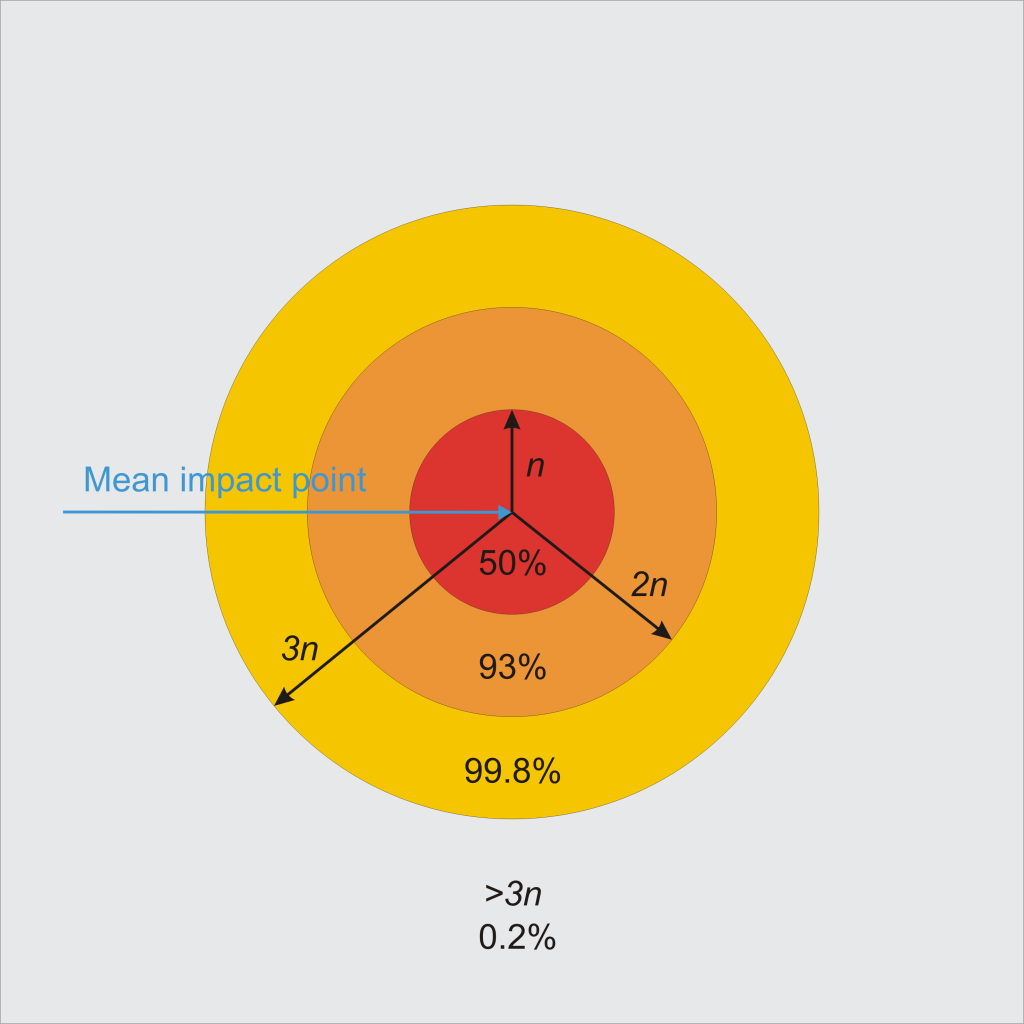
ICBMs carrying larger warheads are capable of affecting a larger area, but have a higher CEP, and consequently, low accuracy. Smaller warheads reduce the size of the affected area, but have a smaller CEP, and therefore greater accuracy.
Modern-day ICBMs improve the effectiveness of their strikes by incorporating multiple warheads in a single missile. Such missiles are called MIRVs or Multiple Independently Targetable Re-entry Vehicles. For MIRVs, the CEP is applicable for each warhead.
Let’s see how CEP has evolved over the years.
First-generation ICBMs
The first-ever ICBMs were a crude evolution of German missiles that had previously been used in the Second World War. They required extensive pre-launch preparation and had a CEP in the range of several miles.

They were launched from over-the ground sites, making them extremely vulnerable to countermeasures. Some examples of 1st generation ICBMs include Atlas A and Titan I missile families.
Second-generation ICBMs
The next generation of ICBMs was significantly faster, and could hold heavier warheads. Their CEP was in the order of hundreds of meters, and they did not require extensive pre-launch preparations.

To reduce their vulnerability, these missiles were launched from underground silos located in remote areas to avoid detection. Popularly known second-generation ICBMs include Minuteman II, Minuteman III, Titan II and SS-18 Satan.
Third-Generation ICBMs
The third generation of ICBMs saw vast improvements in CEP, speed, and payload-carrying capacity. Reducing the CEP to the order of ten meters, these missiles also showcased the use of solid fuel, as opposed to liquid fuel.

Concurrently, these missiles were also equipped with superior guiding systems, and could be launched from fortified silos to avoid detection. Some third-generation ICBMs include Peacekeeper, Trident II, Topol-M, and JL-2.
Fourth-generation ICBMs
Fourth-generation ICBMs are known for several features not found in the previous generation systems. They feature single-digit CEP accuracy and can be stored with warheads attached for extended periods of time.

They can be launched from a mobile unit, such as a truck or submarine, and can easily achieve speeds several times that of sound. Some examples include the Agni V, Surya, Minuteman III and Avanguard.
Today, ICBMs are equipped with various sensors, thrusters, GPS features and guidance systems. These help achieve the required velocity and altitude and impart course-correcting inputs to keep missiles aligned with their optimal flight path.
The accuracy of ICBMs is driven by advancements in guidance systems, fuel and missile technology. While more accurate missiles vastly reduce collateral damage, this is no excuse for their injudicious use. Enforcement of non-proliferation policies can go a long way towards keeping mankind safe from the destructive capabilities of these weapons.
References (click to expand)
- Fact Sheet: Ballistic vs. Cruise Missiles. armscontrolcenter.org
- What Is an Intercontinental Ballistic Missile and How Does It .... interestingengineering.com
- Bunn, M., & Tsipis, K. (1983). Ballistic Missile Guidance and Technical Uncertainties of Countersilo Attacks (No. 9). Program in Science and Technology for International Security, Department of Physics, Massachusetts Institute of Technology.
- Intercontinental Ballistic Missiles | Military-Today.com. military-today.com
- Moran, J. E. (1966). Probable Circular Error (CEP) of Ballistic Missiles. Utah State University.
- Minuteman III (LGM-30G) - Air Force Nuclear Weapons Center. United States Air Force
- Moran, James Edward Jr., "Probable Circular Error (CEP) of Ballistic Missiles" (1966). All Graduate Theses and Dissertations. 6805.
- Intercontinental ballistic missiles of Atlas family - Missilery.info. Silery.Info
- First Generation ICBMs: Atlas and Titan - National Park Service. National Park Service
- The Air Force and the Ballistic Vehicle Build-Up - NASA History Division. Tration
- USAF Ballistic Missile Programs (1964 -1966). George Washington University
- Ballistic Missiles in the USAF - Department of Defense. The Pentagon
- (2016) Intercontinental Ballistic Missiles and Their Role in Future .... Air University
- ICBM Timeline - Air Force Museum. National Museum of the United States Air Force

